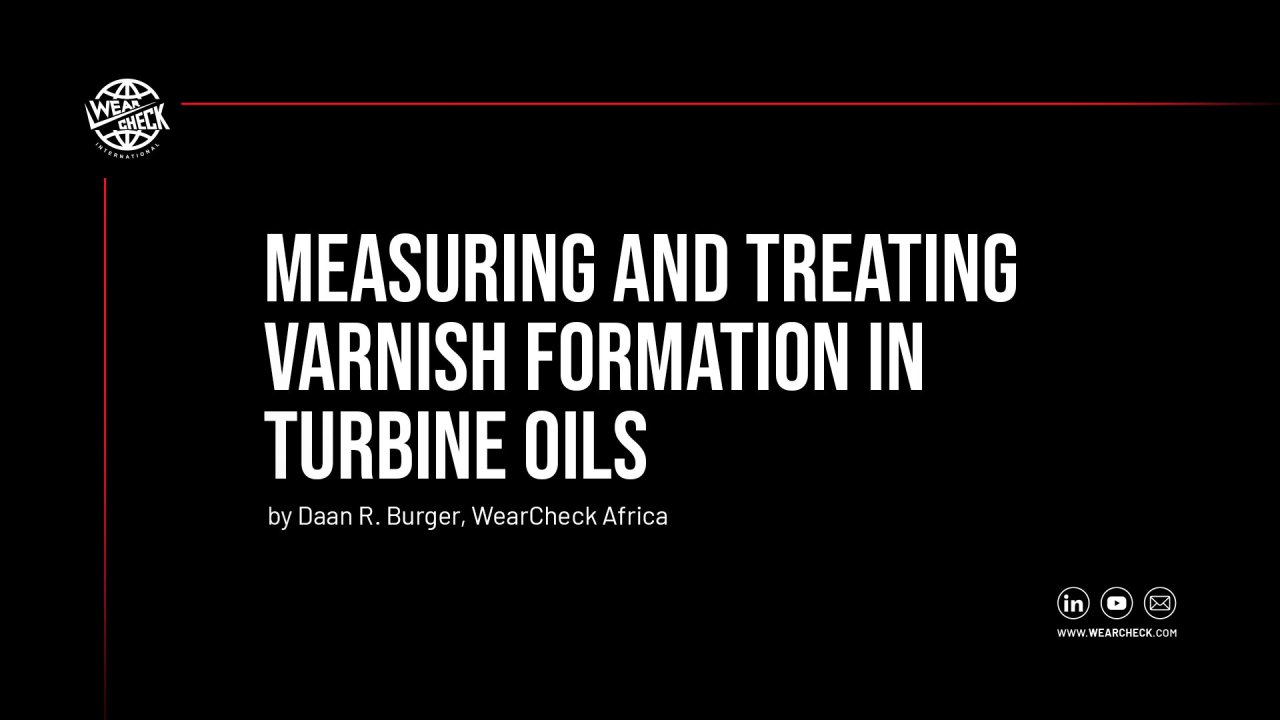Maintenance Strategies
Integrating Oil Analysis with CMMS Data
Inflation and long lead times for new equipment are among the financial pressures pressing down on fleet managers to extend machine life. Pushing a machine too far results in loss of availability and utilization. A tried-and-true tool for machine health, oil analysis, has evolved with the advent of telematics to interact with machine data in a way that makes these decisions not only easier but also increases the odds that they will be successful. As a service, oil analysis has adapted to the new digital world to continue to provide value to the fleet asset manager. It is no longer enough to provide a web portal to manage oil analysis programs and view sample reports. Equipment-using organizations are expecting a tighter level of machine data integration to drive higher levels of efficiency in all aspects of their business, and fleet maintenance is no exception.




